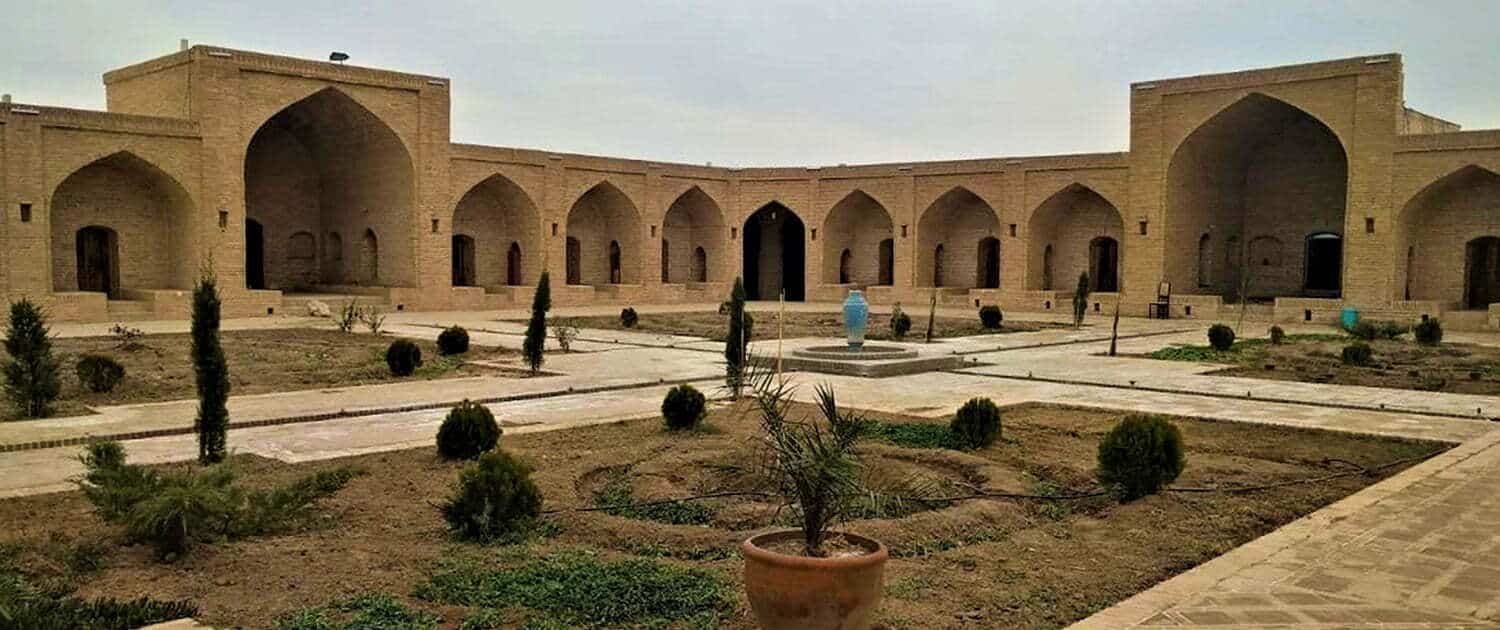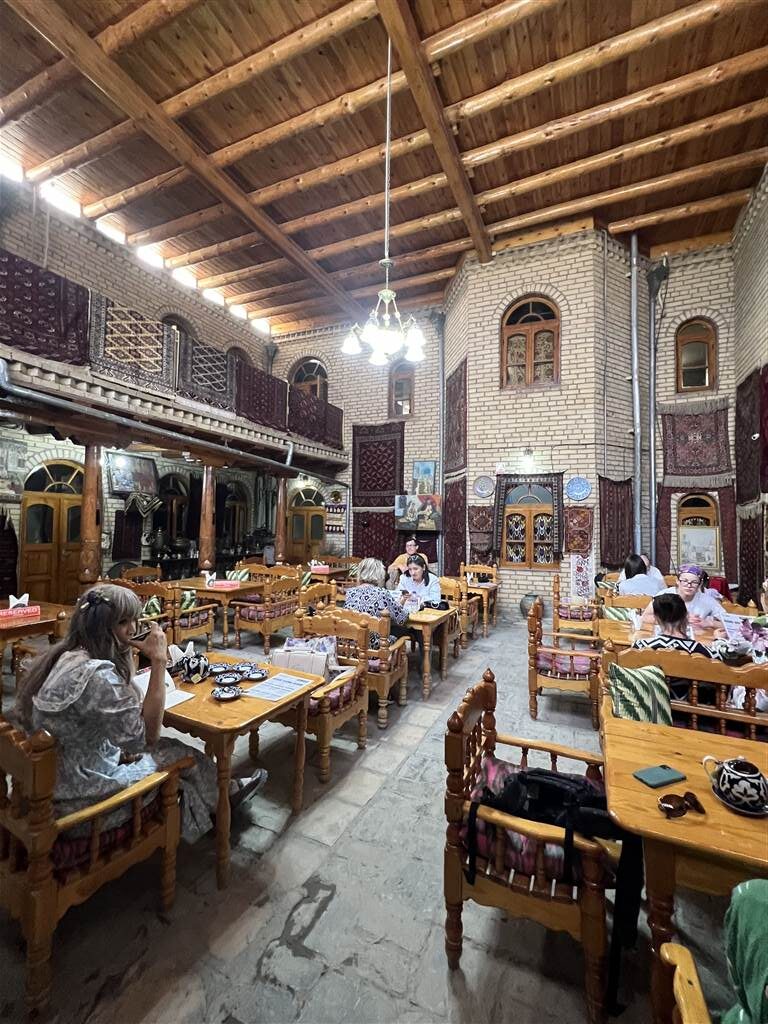Uzbekistan’s Navat Tea: The Crystal-Sweet Brew Reviving Ancient Silk Road Hospitality in 2025
The Resurgence of Navat Tea in Modern Uzbekistan
In 2025, Uzbekistan’s Navat tea is experiencing a remarkable revival, captivating locals and travelers alike with its unique blend of tradition and sweetness. Navat tea, distinguished by its crystalline sugar cubes known as navat, is more than just a beverage—it’s a symbol of Uzbek hospitality, echoing the warmth and generosity that once defined the ancient Silk Road. As Uzbekistan opens its doors wider to global tourism, Navat tea is emerging as a cultural ambassador, inviting visitors to savor a taste steeped in centuries of history.
Today, tea houses across Tashkent, Samarkand, and Bukhara are reimagining Navat tea ceremonies, blending ancient customs with contemporary flair. This resurgence is not only about nostalgia; it’s a celebration of Uzbekistan’s vibrant identity and a testament to the enduring power of shared rituals.

What Makes Navat Tea Unique?
Navat tea stands apart from other teas thanks to its signature ingredient: navat, a crystalline sugar traditionally made from grape juice or beet sugar. These sparkling sugar crystals dissolve slowly in hot tea, imparting a gentle, lingering sweetness that transforms the drinking experience. The ritual of serving Navat tea is as important as the flavor itself, often accompanied by ornate teapots, hand-painted cups, and a welcoming atmosphere.
- Crystal Sugar: Navat is not just a sweetener; it’s a symbol of prosperity and good fortune.
- Tea Varieties: While green tea is most common, Navat can be paired with black or herbal teas.
- Presentation: The tea is typically served in piala (small bowls) and accompanied by dried fruits and nuts.
This unique combination of taste, texture, and tradition makes Navat tea a must-try for anyone seeking an authentic Uzbek experience.

Navat Tea and the Silk Road: A Journey Through Time
The story of Navat tea is inseparable from the legendary Silk Road, the ancient trade route that connected East and West. For centuries, caravans traversed the deserts and mountains of Central Asia, bringing with them not only silk and spices but also customs and culinary traditions. Tea, introduced from China, quickly became a staple of hospitality along the route, and the addition of navat sugar reflected the region’s agricultural bounty and ingenuity.
In the bustling caravanserais of Samarkand and Bukhara, weary travelers were welcomed with steaming cups of tea sweetened with navat—a gesture of goodwill and friendship. Today, this tradition lives on, offering a tangible link to Uzbekistan’s storied past and its role as a crossroads of cultures.

Health Benefits and Modern Appeal
Beyond its cultural significance, Navat tea is gaining popularity in 2025 for its perceived health benefits and natural sweetness. Unlike refined white sugar, navat is often made from grape or beet juice, retaining trace minerals and antioxidants. Many locals believe that Navat tea can soothe sore throats, aid digestion, and provide a gentle energy boost—making it a favorite during cold winters and festive gatherings alike.
| Benefit | Description |
|---|---|
| Natural Sweetness | Navat provides a slow-release, less processed sugar alternative. |
| Digestive Aid | Traditionally believed to help with digestion and soothe the stomach. |
| Antioxidants | Green tea base offers antioxidants that support overall health. |
Modern tea houses and wellness cafes in Uzbekistan are now offering Navat tea alongside herbal infusions and specialty drinks, appealing to both health-conscious locals and curious tourists.

Where to Experience Navat Tea in Uzbekistan
If you’re planning a trip to Uzbekistan in 2025, sampling Navat tea is a must. The best places to enjoy this sweet tradition are the country’s historic tea houses, bustling bazaars, and boutique hotels. In cities like Tashkent, Samarkand, and Bukhara, you’ll find both classic and contemporary interpretations of the Navat tea ceremony.
- Choyxona (Tea Houses): Traditional venues where Navat tea is served with local pastries and dried fruits.
- Bazaars: Markets like Chorsu Bazaar in Tashkent offer navat sugar in various flavors and colors.
- Boutique Hotels: Many hotels now include Navat tea ceremonies as part of their guest experience.
For those unable to travel, online retailers and specialty stores are making Navat sugar and Uzbek teas available worldwide, allowing everyone to bring a piece of Silk Road hospitality into their homes.

How to Prepare and Enjoy Navat Tea at Home
Bringing the magic of Navat tea into your own kitchen is easier than you might think. With a few simple ingredients and a touch of ceremony, you can recreate the warmth of Uzbek hospitality wherever you are. Here’s a step-by-step guide:
- Choose your favorite green or black tea.
- Brew the tea in a teapot, allowing it to steep for 3–5 minutes.
- Place a piece of navat sugar in each cup or bowl.
- Pour the hot tea over the navat, letting it dissolve slowly.
- Serve with dried apricots, nuts, or Uzbek pastries for an authentic touch.
For a modern twist, try pairing Navat tea with herbal blends or adding a slice of lemon. Apps like TeaTaster can help you explore new flavor combinations and brewing techniques.

So, as you savor your next cup of Navat tea, may its golden sweetness remind you that the spirit of Silk Road hospitality is alive and well—inviting us all to share warmth, stories, and connection in every sip.
-Hot Water
Comments
Post a Comment